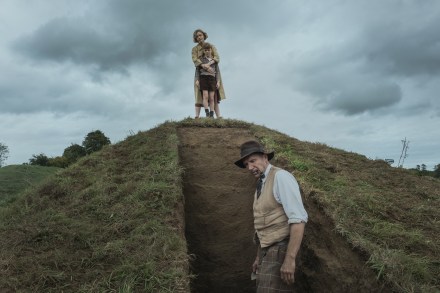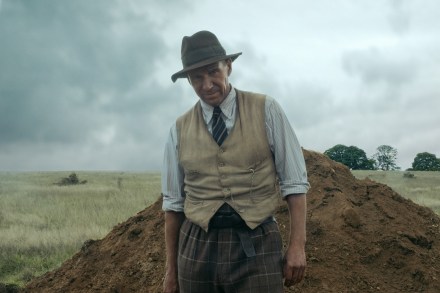From Cleopatra to Elizabeth Taylor, women have found jewels irresistible
When workmen demolished an ancient building in Cheapside in 1912 they saw something glinting out of a broken wooden box. They had stumbled on what became known as the Cheapside Hoard – a collection of jewels dating from around 1600, its star, the Cheapside Emerald, a wonderful stone holding a miniature watch. It came from Colombia, still the source of the world’s finest emeralds, probably the world’s most ancient gems. The first recorded instance of them is on an Egyptian papyrus around 2400 BC. Their beauty and rarity made them the favourite of the élite, with Cleopatra probably their most famous fan. The Rockefeller Emerald fetched $5.5 million in 2017.




